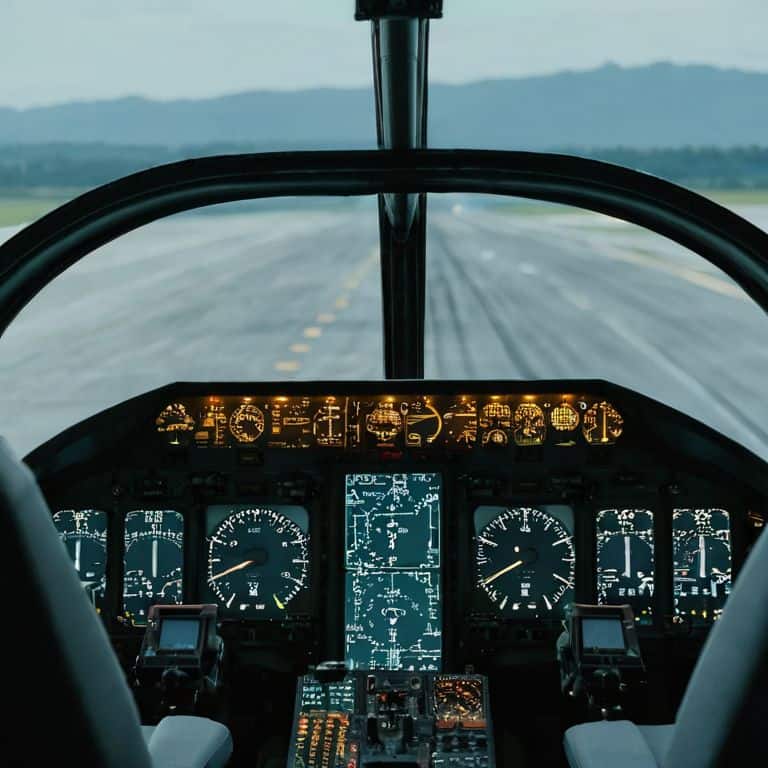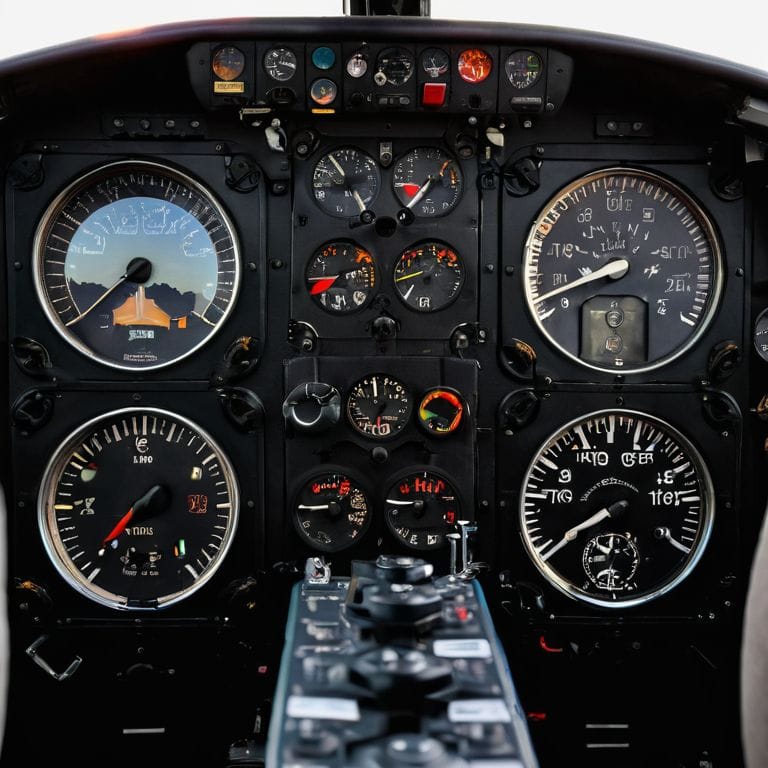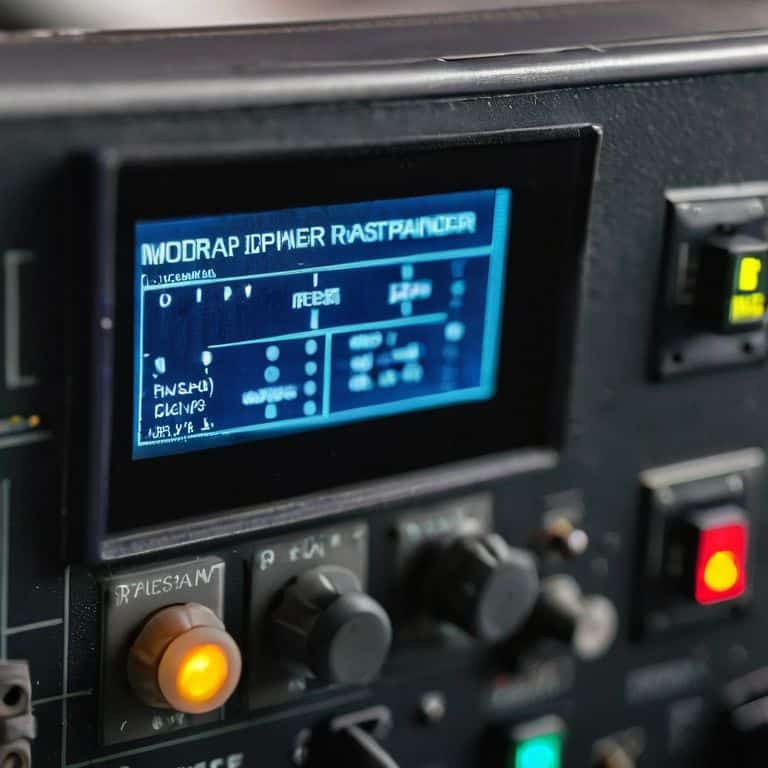As a flight instructor, I’ve seen many students struggle with the glass cockpit vs traditional gauges debate. It’s a choice that can be overwhelming, especially for those new to aviation. I remember when I first started flying, I was taught on traditional gauges, but as technology advanced, I had to adapt to glass cockpits. It was a steep learning curve, but one that ultimately made me a better pilot. Now, I’m often asked by my students which one is better, and my response is always the same: it’s not about which one is better, but about understanding how they work.
In this article, I’ll share my honest, no-nonsense advice on the pros and cons of each. I’ll draw from my experience as a bush pilot in Alaska and as a flight instructor to provide you with a clear understanding of glass cockpit vs traditional gauges. My goal is to give you the knowledge you need to make an informed decision, without any hype or technical jargon. I’ll break it down in simple terms, using real-life examples and analogies to help you grasp the concepts. By the end of this article, you’ll have a solid understanding of both systems and be able to choose the one that’s right for you.
Table of Contents
Glass Cockpit
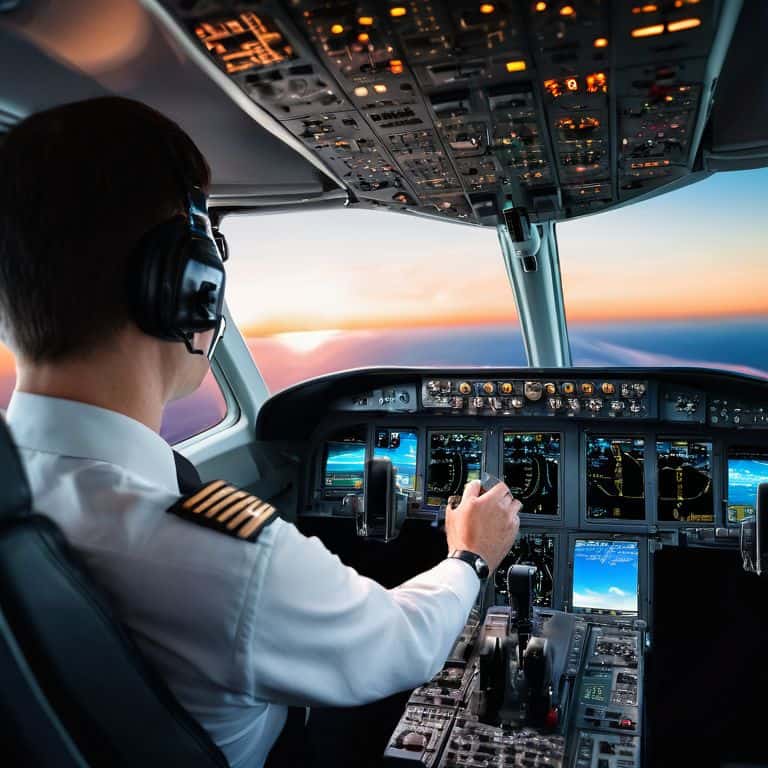
A glass cockpit is a modern aircraft instrumentation system that uses electronic displays to present critical flight information, replacing traditional mechanical gauges. The core mechanism of a glass cockpit relies on sophisticated software and high-resolution displays to provide pilots with a clear and concise view of their aircraft’s performance, navigation, and other vital systems. The main selling point of a glass cockpit is its ability to enhance situational awareness and reduce pilot workload.
As a flight instructor, I’ve seen firsthand how a glass cockpit can improve a pilot’s ability to stay ahead of the aircraft. By providing a clear and intuitive display of critical information, glass cockpits enable pilots to focus on the task at hand, rather than getting bogged down in navigating complex instrumentation. I’ve found that students who train on glass cockpits tend to develop a more intuitive sense of aircraft performance, which is essential for safe and effective flight operations.
Traditional Gauges
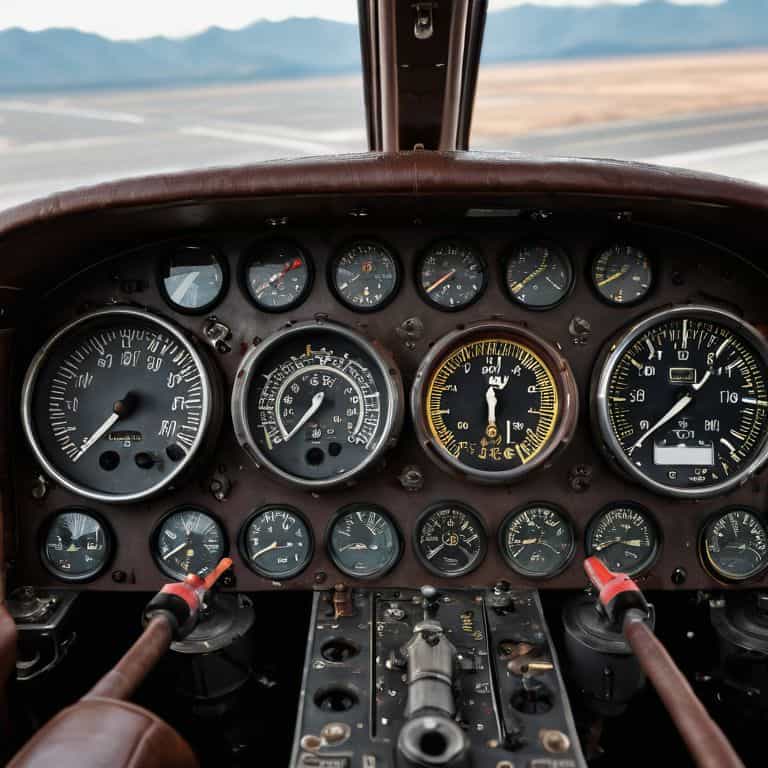
Traditional gauges, also known as analog instruments, are the conventional mechanical devices used to display critical flight information in an aircraft cockpit. The core mechanism of traditional gauges relies on mechanical linkages and simple, intuitive dials to provide pilots with a clear view of their aircraft’s performance, altitude, and other vital systems. The main selling point of traditional gauges is their simplicity and reliability, which can be a major advantage in certain flying situations.
As someone who’s spent countless hours flying with traditional gauges, I can appreciate their tactile nature and the way they seem to connect you to the aircraft. There’s something to be said for the simplicity and elegance of a well-designed analog instrument panel, and I’ve found that many pilots develop a strong affinity for the hands-on feel of traditional gauges. Whether you’re a seasoned pro or just starting out, traditional gauges offer a unique and rewarding flying experience that’s hard to replicate with modern glass cockpits.
Head-to-Head Comparison: Glass Cockpit vs Traditional Gauges
| Feature | Glass Cockpit | Traditional Gauges |
|---|---|---|
| Price | Higher | Lower |
| Key Feature | Digital Displays | Analog Needles |
| Best For | Modern Aircraft | Vintage or Simple Planes |
| Information Density | High | Low |
| Pilot Workload | Reduced | Higher |
| Maintenance | Less Frequent | More Frequent |
| User Experience | Intuitive | Familiar but Less Informative |
Glass Cockpit vs Traditional Gauges
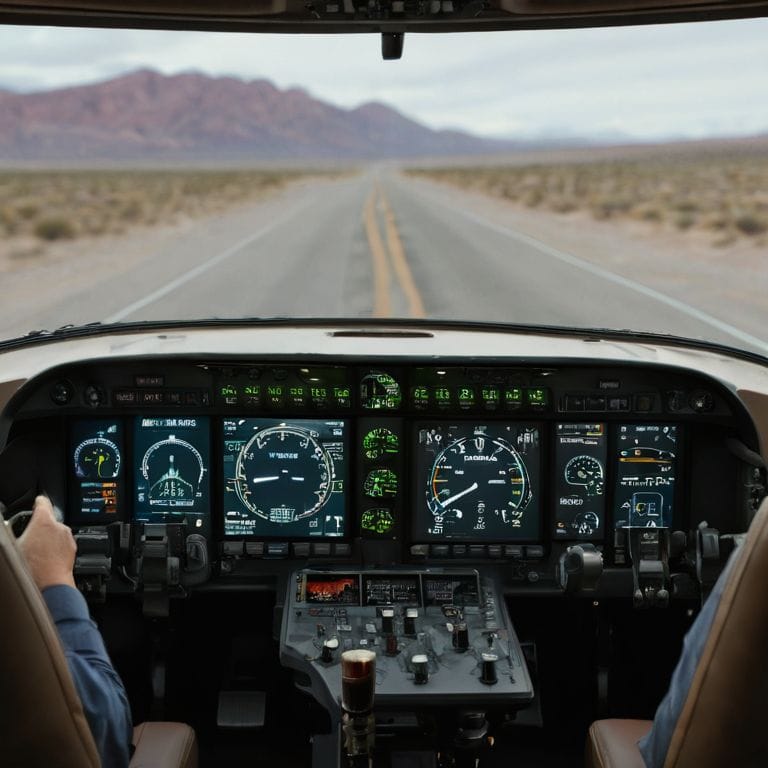
As a flight instructor, I’ve seen firsthand how the choice between glass cockpits and traditional gauges can impact a pilot’s experience. This debate is crucial because it affects the way pilots interact with their aircraft, and ultimately, their safety in the skies.Understanding the differences between these two systems is essential for any pilot, from novice to seasoned pro.
When it comes to glass cockpits versus traditional gauges, there are significant differences in terms of pilot workload. Glass cockpits tend to integrate multiple systems into one screen, making it easier for pilots to access critical information at a glance. On the other hand, traditional gauges require pilots to scan multiple instruments, which can increase workload and decrease reaction time.
In a head-to-head comparison, glass cockpits seem to have the upper hand when it comes to situational awareness. By providing a comprehensive view of the aircraft’s systems, glass cockpits enable pilots to make more informed decisions quickly. Traditional gauges, while reliable, can lead to a more fragmented view of the aircraft’s status, potentially causing pilots to miss critical information.
In conclusion, when considering the criterion of glass cockpit vs traditional gauges, I would declare glass cockpits the winner in terms of efficiency and ease of use.
Key Takeaways: Glass Cockpit vs Traditional Gauges
Understanding the fundamentals of both glass cockpits and traditional gauges is crucial for pilots to make informed decisions about which system to use, based on their specific needs and flying styles
The choice between glass cockpits and traditional gauges ultimately comes down to personal preference, cost considerations, and the type of flying being done, with each system offering its own set of advantages and disadvantages
Regardless of which system is chosen, a thorough understanding of its operation, limitations, and safety features is essential for safe and effective flight operations, emphasizing the importance of continuous education and training for pilots
A Pilot's Perspective
The debate between glass cockpits and traditional gauges isn’t about which one is better, but about understanding how each can be a tool in our toolbox, used to enhance our safety and skills as pilots, rather than replacing the fundamental principles of flight.
Daniel Sato
The Final Verdict: Which Should You Choose?
As we conclude our comparison of glass cockpits and traditional gauges, it’s clear that both have their strengths and weaknesses. The key to choosing between them lies in understanding your specific needs and preferences. If you value a more modern, streamlined experience with access to a wealth of digital information, glass cockpits are certainly worth considering. On the other hand, if you prefer a more tactile, hands-on approach to flying, traditional gauges may be the better choice. Ultimately, the decision comes down to what you feel most comfortable with and what will allow you to fly safely and efficiently.
In my opinion, traditional gauges are best suited for new pilots who need to develop a strong foundation in the fundamentals of flight. The tactile nature of traditional gauges can help new pilots develop a better sense of awareness and connection to the aircraft. On the other hand, glass cockpits are ideal for experienced pilots who are looking to streamline their workflow and access a wide range of digital data. For these pilots, glass cockpits can be a game-changer, providing them with the information they need to make informed decisions quickly and easily.
Frequently Asked Questions
How do glass cockpits impact a pilot's ability to navigate in low-visibility conditions?
In low-visibility conditions, glass cockpits offer a significant advantage with advanced instruments like synthetic vision and terrain awareness systems, providing pilots with a clearer picture of their surroundings and enhancing navigation capabilities.
What are the main differences in terms of pilot training and adaptation between glass cockpits and traditional gauges?
When transitioning from traditional gauges to glass cockpits, pilots need to adapt to a more integrated and automated system. I like to think of it as switching from a map to a GPS – it’s a different mindset. Training focuses on understanding the new interface, managing data streams, and avoiding information overload.
Can traditional gauges still provide reliable and efficient flight data in modern aircraft, or are they becoming obsolete?
Absolutely, traditional gauges can still provide reliable flight data, and many pilots prefer them for their tactile feedback and simplicity. In fact, I still use them in my vintage aircraft, and they’ve never let me down. That being said, they do require more pilot attention and interpretation, which can be a drawback in high-workload situations.
